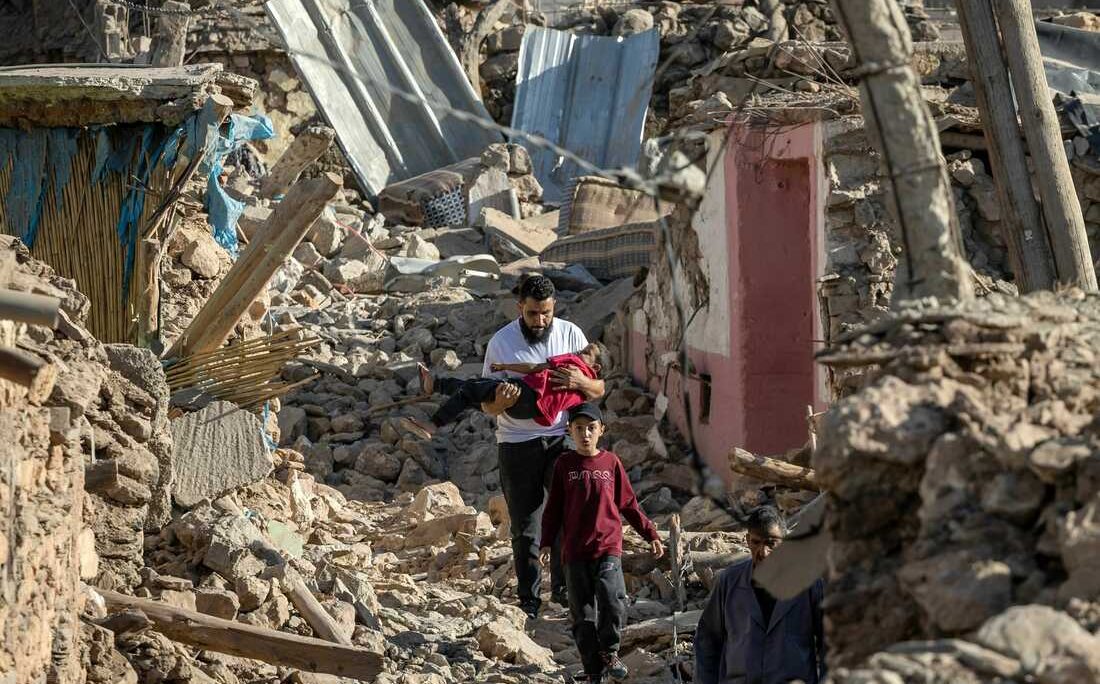In recent news, we have witnessed the devastating impact of a powerful earthquake that struck Morocco’s High Atlas Mountains. The magnitude-6.8 earthquake, the largest to hit the North African country in over a century, has left communities grappling with immense loss and destruction. At Adhile construction, our hearts go out to all those affected by this tragic event, and we extend our deepest sympathies to the people of Morocco.
As we come together to express our condolences, it is also crucial to reflect on the urgent need for earthquake-resistant building design, not only in Morocco but in all regions prone to seismic activity. This unfortunate incident underscores the importance of meticulous structural design for all types of buildings, no matter their size.
The Devastating Impact
The earthquake in Morocco claimed the lives of at least 2,000 people, with the death toll expected to rise as rescue teams work tirelessly to reach remote and hard-hit areas. The challenging terrain, including roads blocked by boulders, has added to the complexity of rescue and relief efforts. This heart-wrenching situation emphasizes the vulnerability of communities when buildings are not designed to withstand the forces of nature.
Adhile construction’s Commitment
At Adhile construction, we have always recognized the critical role of proper building design in ensuring the safety and well-being of communities. Our technical personnel are dedicated to paying meticulous attention to the intricacies of structural elements. We firmly believe that buildings should not only be aesthetically pleasing but also engineered to withstand the most formidable challenges, including earthquakes.
Key Considerations for Earthquake-Resistant Building Design
- Strong Foundations: Buildings must be anchored to robust foundations capable of absorbing seismic energy and distributing it safely.
- Flexible and Ductile Materials: The use of flexible and ductile materials in construction enables a building to absorb and dissipate seismic energy, reducing structural damage.
- Reinforcement and Retrofitting: Existing structures should undergo reinforcement and retrofitting to meet modern seismic standards, ensuring their resilience in future earthquakes.
- Adherence to Local Building Codes: Strict compliance with local building codes and regulations is essential to safeguarding lives and property.
- Continuous Education and Training: Architects, engineers, and builders must remain updated on the latest earthquake-resistant construction techniques and materials.
Our Call to Action
As we stand in solidarity with Morocco during this challenging period, let us also consider our own communities and the importance of earthquake-resistant building design. This responsibility is shared by all of us, and it is our duty to prioritize the safety of our fellow citizens.
Adhile construction reaffirms its commitment to promoting the highest standards of structural integrity and safety in all our projects. Together, let us work towards a future where earthquakes no longer leave devastating scars on our communities.
In conclusion, the recent earthquake in Morocco serves as a poignant reminder of the critical need for earthquake-resistant building design. It is a responsibility we cannot afford to overlook. As we express our sympathy and support for Morocco, let us also take proactive steps in our own communities to strengthen resilience and protect lives. Together, we can create a safer and more resilient future.
Our thoughts and prayers remain with Morocco, and we encourage everyone to support relief efforts in any way they can.

